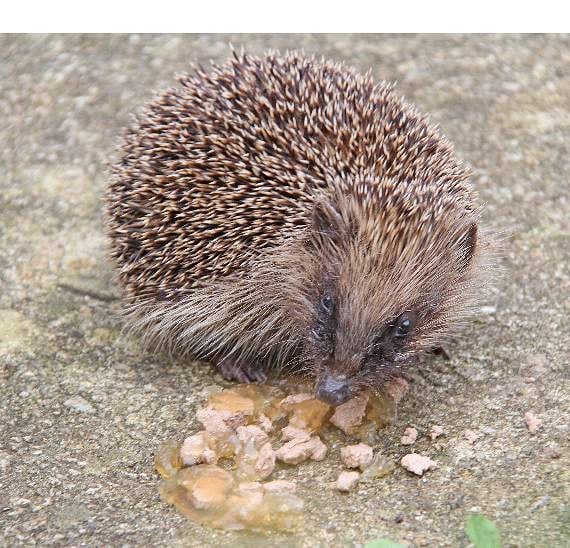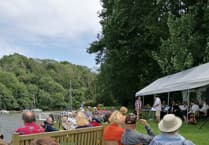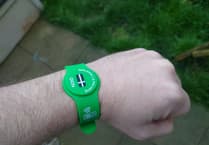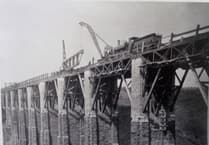Photographer Ray Roberts wonders about the ways of squirrels and hedgehogs in this week's Nature Watch....I came across another sweet chestnut tree growing on the edge of some woodland and there were lots of opened prickly husks lying on the ground. Now, usually there are three nuts in each husk, two thinnish ones with a fat one in the centre and all the husks that I could see only contained a couple of thin ones. No doubt the squirrels have been taking and eating the larger nuts.
Obviously, these small handsome animals know that the fat nuts are the most nutritious but when they are collecting hazel nuts, they only take those with a good, solid kernel. If you see a squirrel nut picking beneath a hazel tree, pick up a nut that has been left on the ground and crack it open. A pound to a penny, the shell will not contain a kernel. How do they know that, do they weigh them in their paws before carrying it away?
I was looking at the different oak trees with their ripening acorns. In this country there are two native species and the best way to tell them apart is to look at the leaves and acorns. The English or pedunculate oak – Quercus robur – produces its acorns on short stalks and its leaves are stalkless. The sessile or durmast oak – Quercus petraea – grows its acorns directly from the twigs with its leaves on short stalks.
Timber from oak trees has been used since the time of the Vikings, during the 800s, to construct fighting ships and English ship builders are said to have used up to 3,000 trees to build a man-of-war. Oak was also used in roofs of churches and other civic and large buildings. Most of the pews and pulpits in churches were made of oak as is a lot of fine household furniture.
I walked past a stone wall in the parish that had lots of maidenhair spleenwort – Asplenium trichomanes – growing on it. This is a distinctive little fern with fronds that hardly ever grew longer than 15cm, or six inches, so is ideal for small garden walls and rockeries. In another front garden there was a beautiful group of glistening ink cap mushrooms growing beside a stone. Now, anyone who spotted these could not help thinking that they are as pretty as a group of flowers.
We noticed some hedgehog dropping on the lawn so we kept a sharp lookout for one of these small prickly animals that would be walking around the garden looking for food. We were rewarded some days later when one stopped to eat some cat food that we had placed on the concrete path. If you see signs of hedgehogs in the garden it is worth buying a few pouches of cat food for them to enjoy. Around this time of year these lovely little animals, that can live up to six years, are now beginning to hibernate under a pile of vegetation or, if you have one in your garden, in a ‘hedgehog hotel’.




